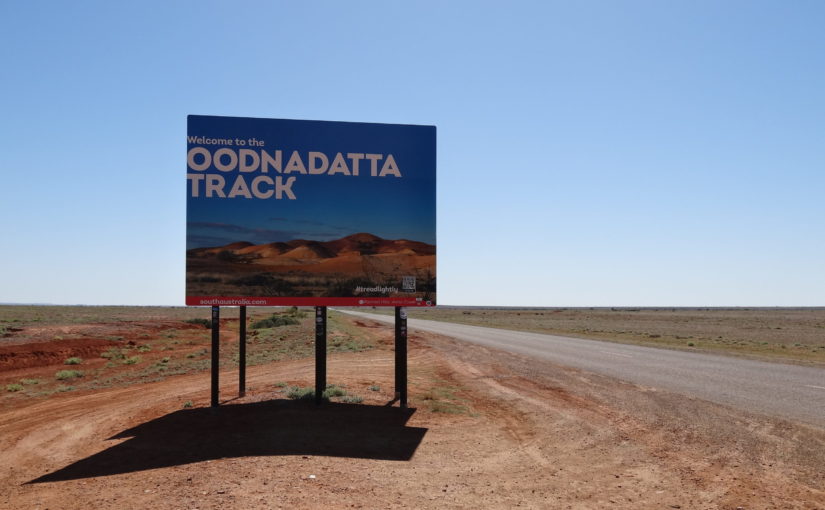Travel period August 2023
The Oodnadatta Track is rich in history and is perfect for adventure seekers to enjoy one of the best outback drives in the country. With vast open plains, stony deserts and glistening salt lakes, it is packed with interesting sights and landmarks to see.
Also known for its stunning semi-desert scenery and numerous springs feeding water from the Great Artesian Basin, it won’t take long for us to pack the car and hit the road to the Oodnadatta Track.
The Oodnadatta Track in Brief
The Oodnadatta Track is an unsealed 617 km outback road, that runs between Marree at the southern end of the Birdsville Track and Marla on the Stuart Highway via Oodnadatta in South Australia.
Also known for its red sand, rugged terrain, and extreme temperatures, it is one of Australia’s most historic outback tracks. The track follows a traditional Aboriginal trading route that was used for ochre trading for thousands of years.
Artesian mound springs supply water in this arid region. Aborigines relied on this water source as well as the European explorers, who used the route to build the Overland Telegraph and the Old Ghan railway lines in the late 19th century.
This was the time when the story of camels in Australia and Afghan cameleers began. Without the ships of the desert, exploring the vast Australian inland would have been even harder.
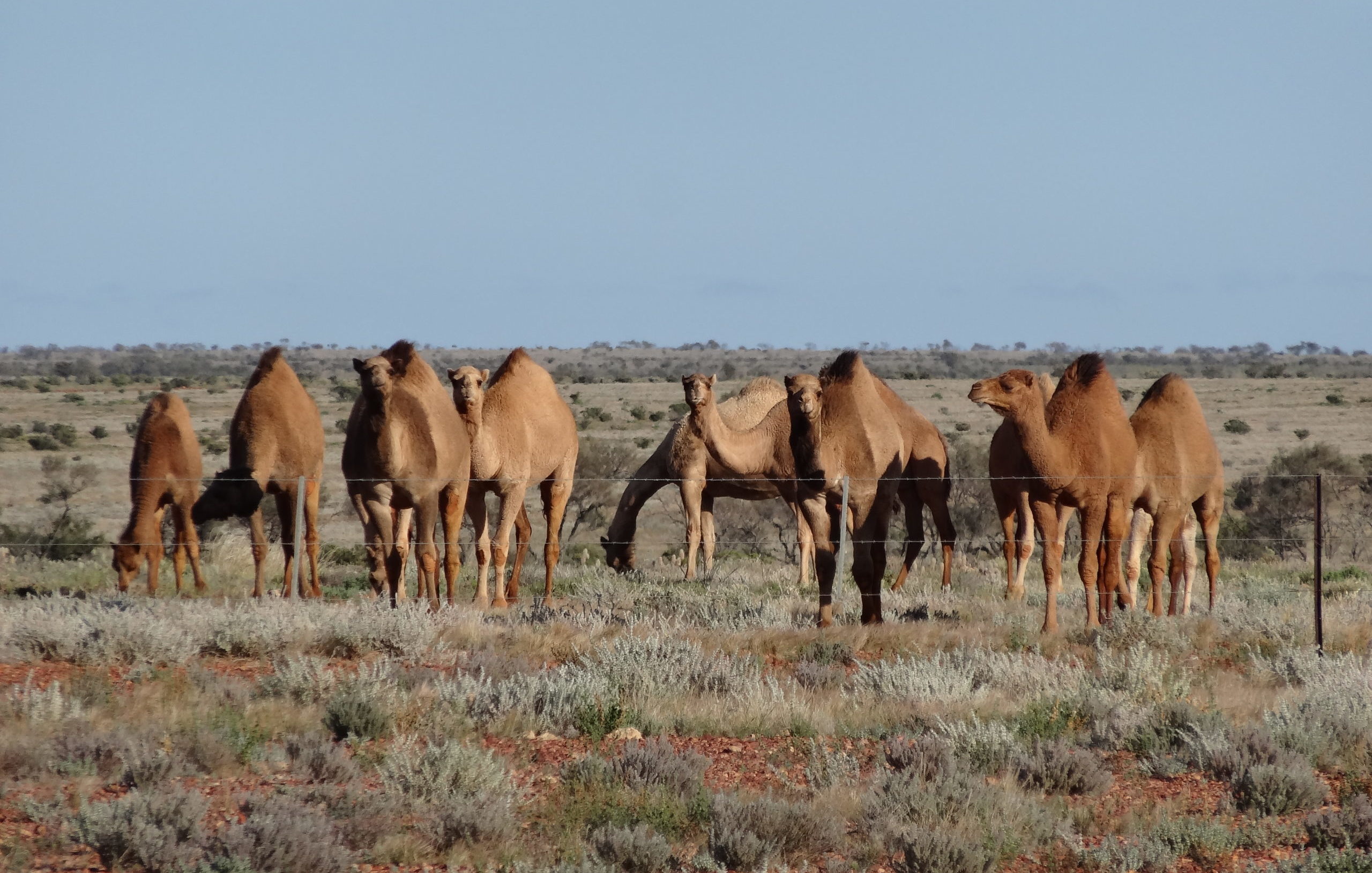
Getting There
At the southern end, the Oodnadatta Track begins in the town of Marree. Then roughly follows the Old Ghan Railway line, passing through William Creek and the small town of Oodnadatta, until meeting the Stuart Highway at Marla.
Although the Oodnadatta Track has been well maintained in recent years and is easily accessible, we really do recommend that you take a 4WD as it certainly would take its toll on your car. The road surface is corrugated in places, and there are many loose stones and gibber.
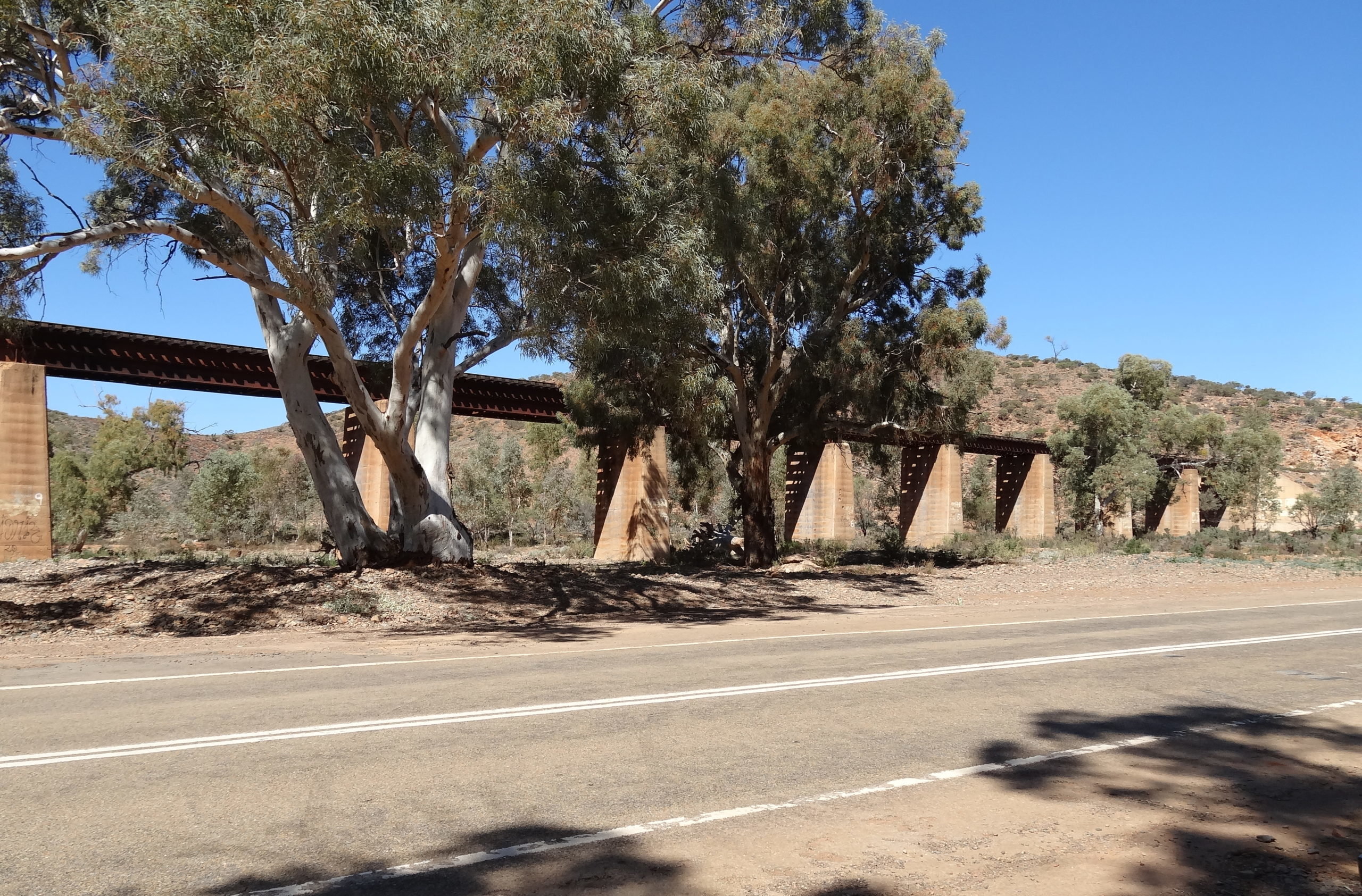
The Journey
Our trip from Melbourne to Marree was via Keith, Peterborough, passing through the Flinders Rangers and Farina. It took us three days to get there.
Day 1 – Melbourne to Keith
We travelled from Melbourne to Keith via Dukes Hwy, where we decided to stay the night at Keith Motor Inn.
Day 2 – Keith to Peterborough
Continuing along Dukes Hwy and then Barrier Hwy, we passed through Murray Bridge – a bustling rural town sitting on the banks of the Murray River. Then the town of Burra – a historic mining town with its rich heritage. Before we reached Peterborough – a town in the mid north of South Australia and one of the nation’s finest heritage experiences, Steam town, as well as historic collections.
We stayed at the PB Caravan Park for the night, as it was recommended by the friendly and knowledgeable gentleman from the Visitor Centre.
Day 3 – Peterborough to Marree
Leaving Peterborough, we joined Flinders Rangers Way, the main road route through the Flinders Ranges – it is the only place on Earth where 350 million years of near-continuous geological sequence can be seen.
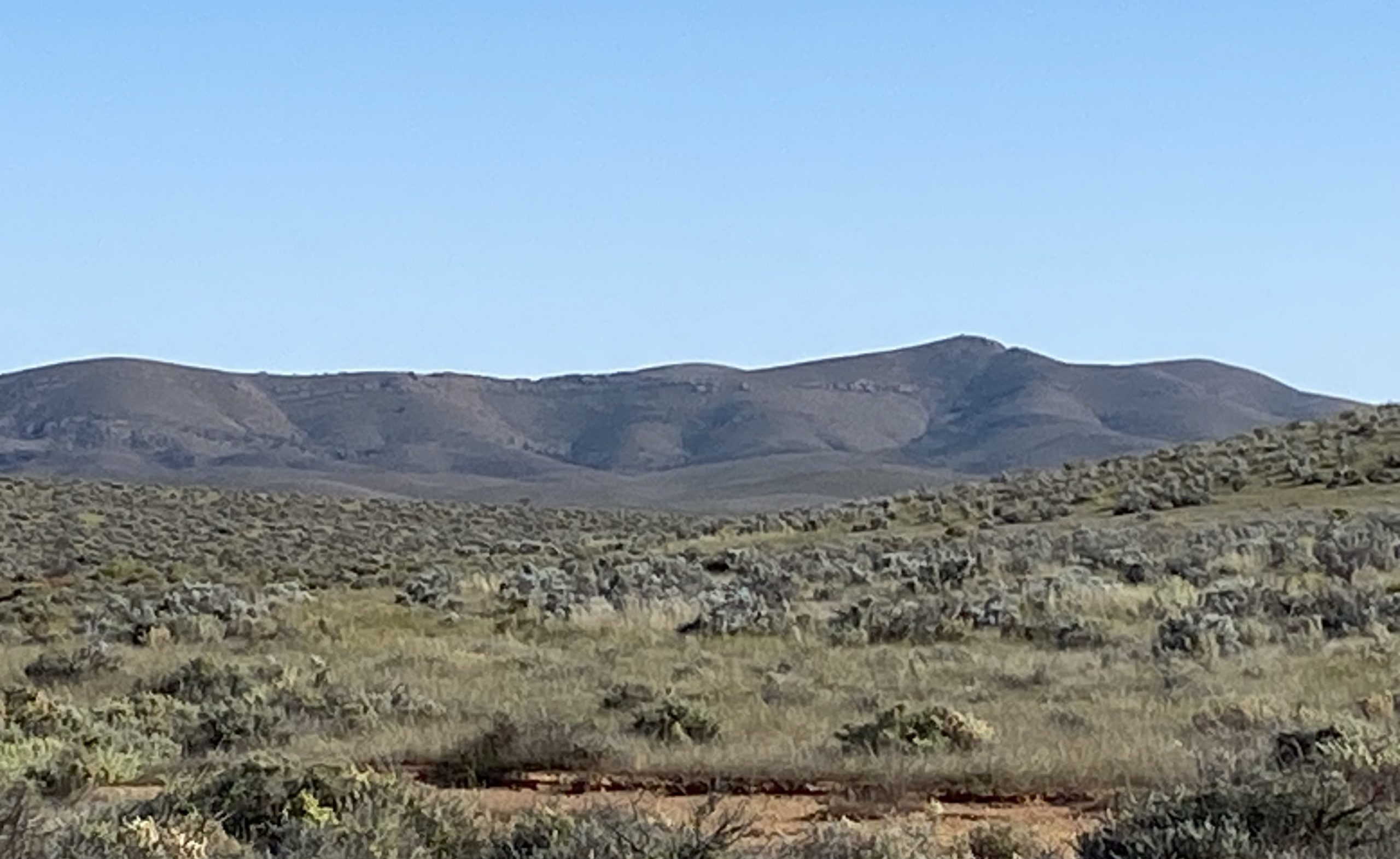
The rugged, weathered peaks and rocky gorges of the Flinders Ranges in outback South Australia form some of the most dramatic and beautiful landscapes in the country.
It is a place rich in Aboriginal history and home to a vast array of wildlife. Following the scenic roads, 4WD tracks and walking trails that crisscross this wild countryside, will take you on a remarkable adventure.
As we continued on the Flinders Rangers Way, we came upon Farina – sitting on the edge of the desert, the town is about 26 km north of Lyndhurst and 55 km south of Marree at the end of both the Oodnadatta Track and the Birdsville Track.
Also known as an ‘Outback Ghost Town’, it is an excellent place to visit in the middle of nowhere. The underground bakery had been recommended by fellow travellers. The bakery is only open a couple of months a year, and is run by volunteers. Sadly, we missed the bakery opening time frame!
We kept driving 56 km north along Flinders Rangers Way to Marree – a fascinating tiny settlement in Outback South Australia. It lies 657 km North of Adelaide; Marree is the gateway to the Kati Thanda-Lake Eyre Basin and is at the junction of the Oodnadatta Track and the Birdsville Track.
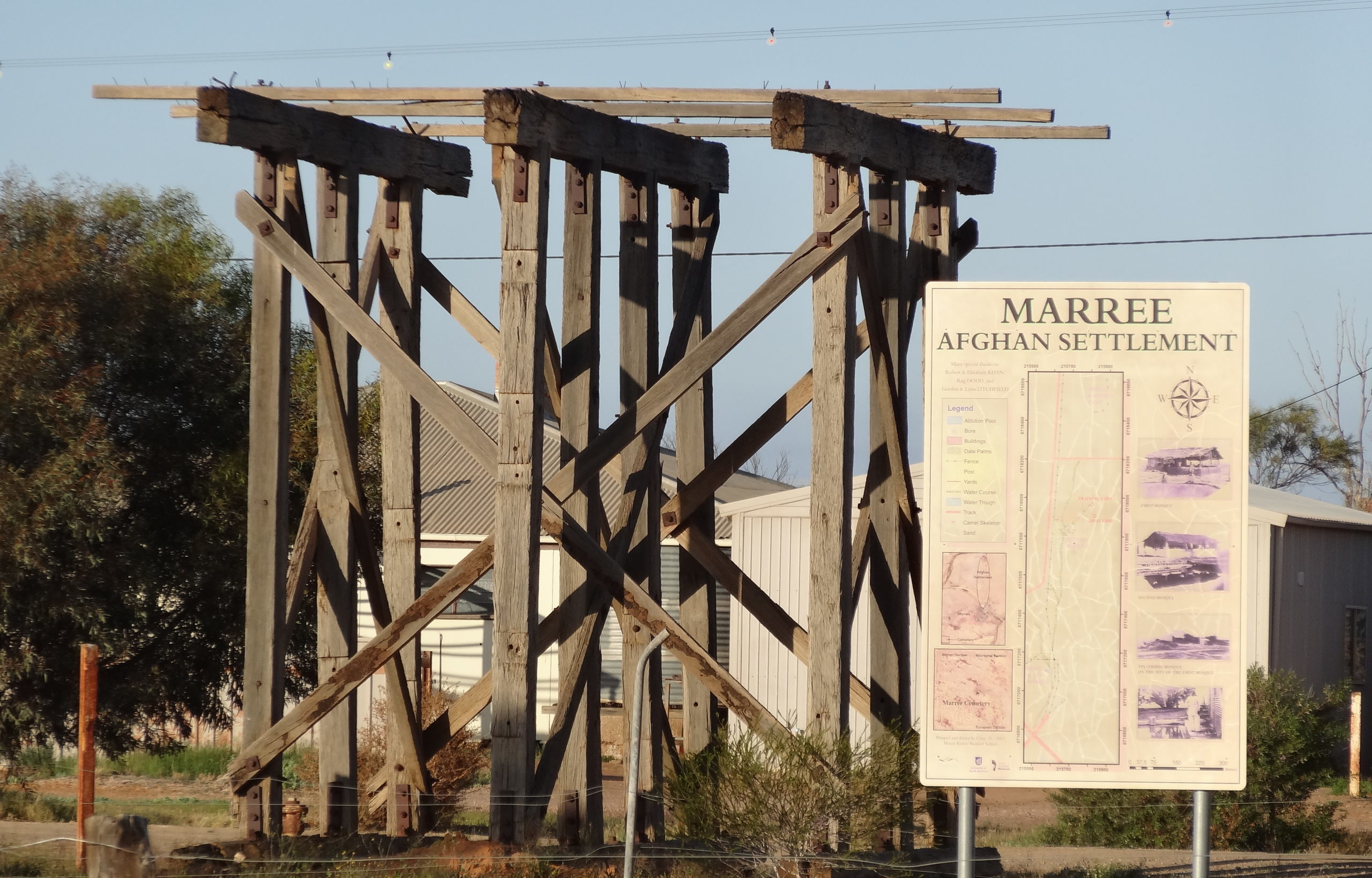
You can easily spend a day or more exploring the relics of the town’s heydays as a thriving railway settlement. The history of these remote villages fascinates us a lot.
As we needed accommodation for the night, the first place we visited was the Marree Hotel, which is the oldest stone building in town. It is a remote, historic outback pub offering great accommodation and interesting history. We certainly did not miss the opportunity to have a cold drink and a chat with the locals in this historic outback pub.
We stayed in one of their superior ensuite cabins, which is adjacent to the hotel. The cabin was well equipped and comfortable and we were advised that water in the fridge and kettle was fine to drink. The swimming pool was welcome on the warm days. We would recommend to anyone to stay here.
Across the road from the Marree hotel is Museum Park. The museum has a collection of memorabilia such as the old mail truck which Tom Kruse used to transport mail and supplies from Marree to Birdsville.
A short walk from Museum Park is a replica of an Afghan Mosque, made from bush materials, reminding us of the early days of the Ghan town. It faced Mecca and was claimed as the first mosque in Australia.
Not far from the Afghan Mosque is the Camel Sundial, made from old railway sleepers and still shows the accurate time. It pays homage to the town’s history of the Afghans and the camels.
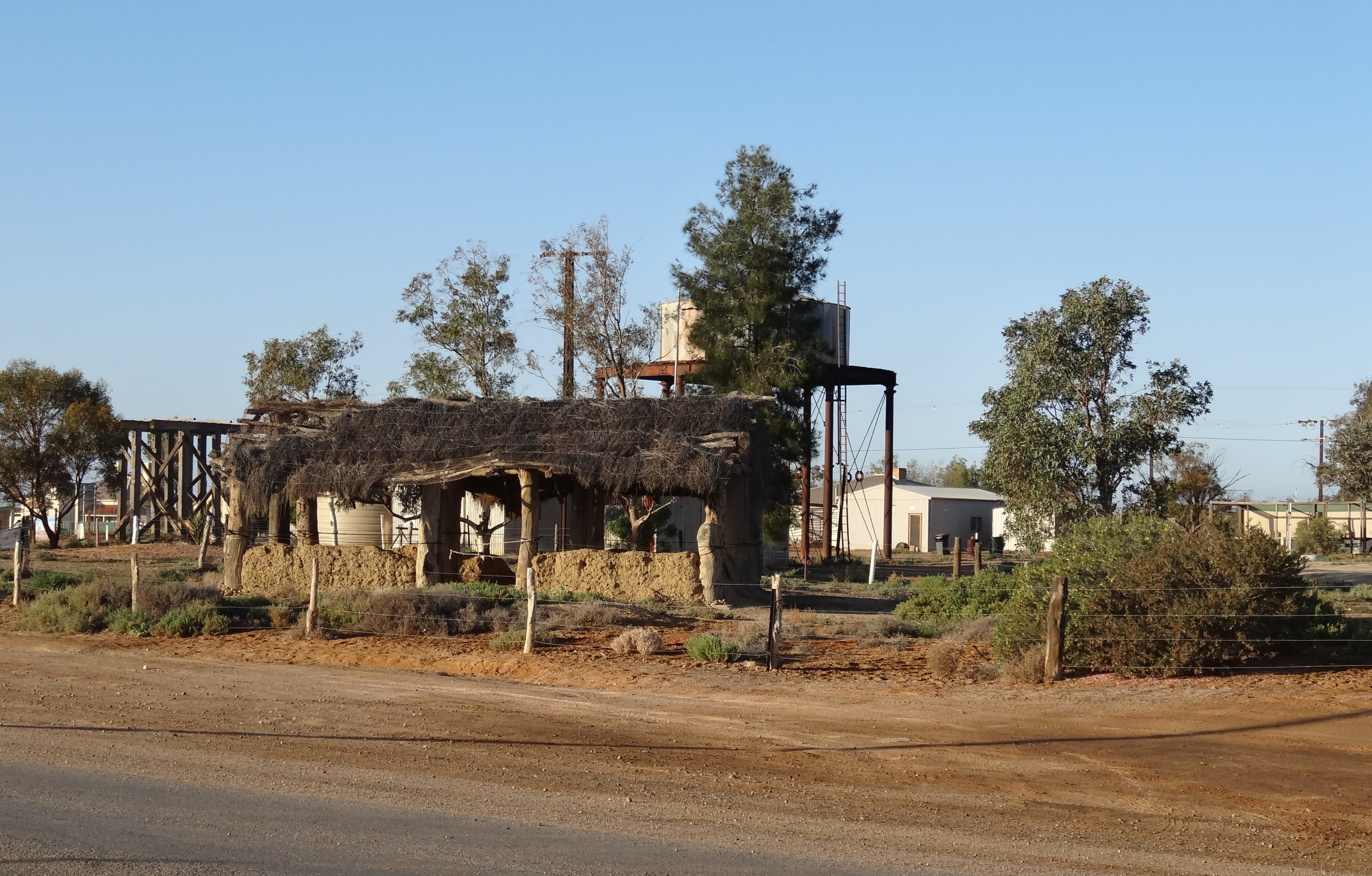
Day 4 – The Oodnadatta Track
It was another beautiful morning and we were excited to be heading off to the Oodnadatta Track.
Before we hit the track, we were informed by the locals that this season the driving conditions on the Oodnadatta Track were perfect; the track was dry and was at its best it had been for a long time. What a luck!
Not to waste a moment, we topped up with fuel at Marree General Store and reduced our tire pressures, before we headed to the Oodnadatta Track. It is one of Australia’s most scenic drives, packed with historic sites and natural mound springs to enjoy along the way.
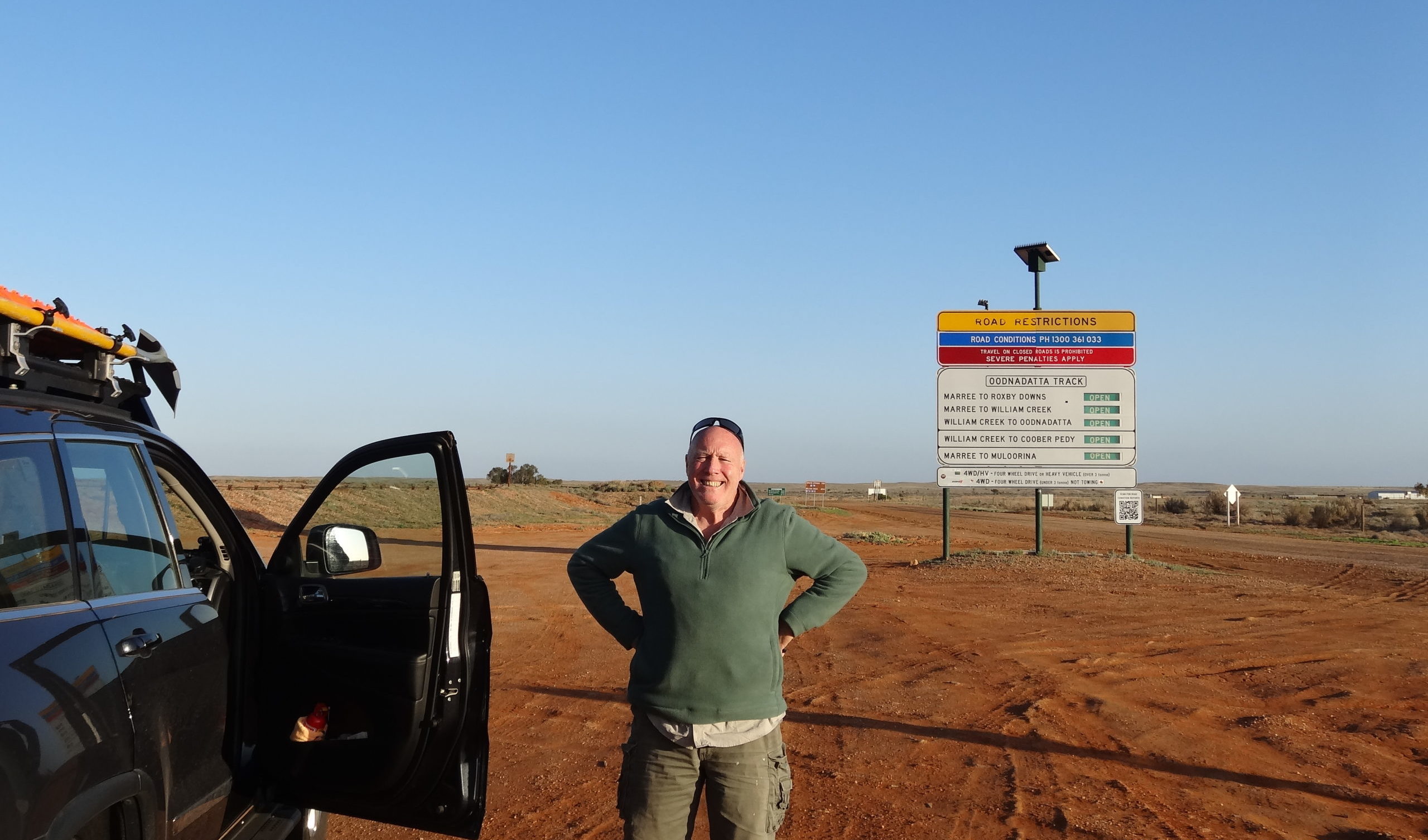
And so, the Adventure Begins…
⇒ Marree to William Creek (approx. 204 km – 2.5 hr)
We had not travelled very far when we found the Wangianna Ruins – the ruins are the remains of cottages used by railway workers along the track in the 19th century.
Our next stop was Mutonia Sculpture Park – made from recycled scrap metal, the sculptures scattered all over the old disused Ghan Railway siding. The biggest and most imposing on the landscape is ‘Plane henge’; 2 silver Beechcraft Baron light planes standing upright with their tails buried in the ground. You just have to pull over and explore.
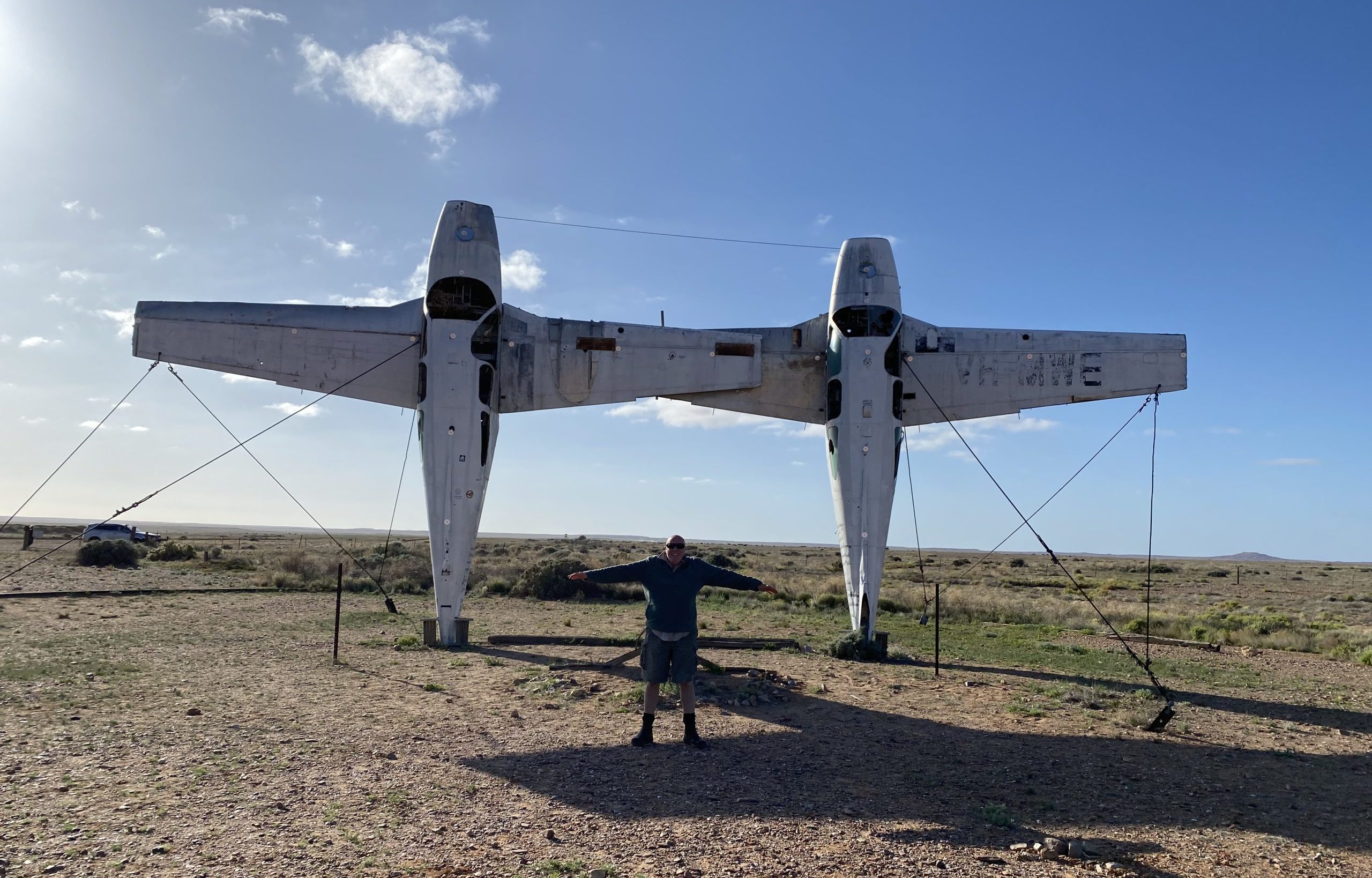
We continued driving, until we came to Lake Eyre South Lookout – this is the most famous feature along the Oodnadatta Track and Australia’s largest inland lake. It Covers an area of 9,700 square kilometres and is up to 15 metres below sea level. Lake Eyre South was glimmering from the salty crust when we visited in August. You will appreciate the size of Lake Eyre more from the scenic flight than the viewing point.

There are many railway sidings along the Oodnadatta Track and Curdimurka (Ghan Railway Sidings) – is the most impressive and well-preserved siding along the Old Ghan railway line. It is the only location to still have railway tracks, sheds and the water purifier in place.
A further 25 km brought us to Wabma Kadarbu Mound Springs Conservation Park – a natural attraction that you can visit along the Oodnadatta Track. The Bubbler and Blanche Cup are natural artesian mound springs, created from water deep within the Great Artesian Basin which filters to the surface forming mounds and bubbling ponds. Please Note: a Desert Parks Pass is required. Otherwise, you can purchase a day entry/camping permit for your visit to Wabma Kadarbu Mound Springs Conservation Park. This can be obtained from Marree or William Creek.
Just a short drive from Mound Springs is Coward Springs – this is an oasis in the desert! It sits beneath a shady canopy of date palms and athel pines, and the campground also has a natural spa onsite. Once a thriving railway siding on the old Ghan Line it is now a restored and heritage-listed railway site. We did not stay overnight, but if you are passing by, you are allowed to use the facilities for a small fee into the honour box.
The scenery slightly changed as we kept driving along the Oodnadatta Track passing through the Irrapatana sand hills – the red sand hills are stretching to the horizon along the track. The dunes and sandy ridges are outliers of the Simpson Desert.
Halfway along the Oodnadatta Track, we reached William Creek – the smallest town in Outback South Australia with a population of ten. Nearby is Memorial Park which offers displays of some unusual means of transport such as a wooden wagon and a steam engine. We stopped here for lunch and a break. The town has basic facilities such as fuel, campground, hotel and a pub. If you wish you can book a scenic flight over Lake Eyre, Anna Creek Station and the Painted Desert here.
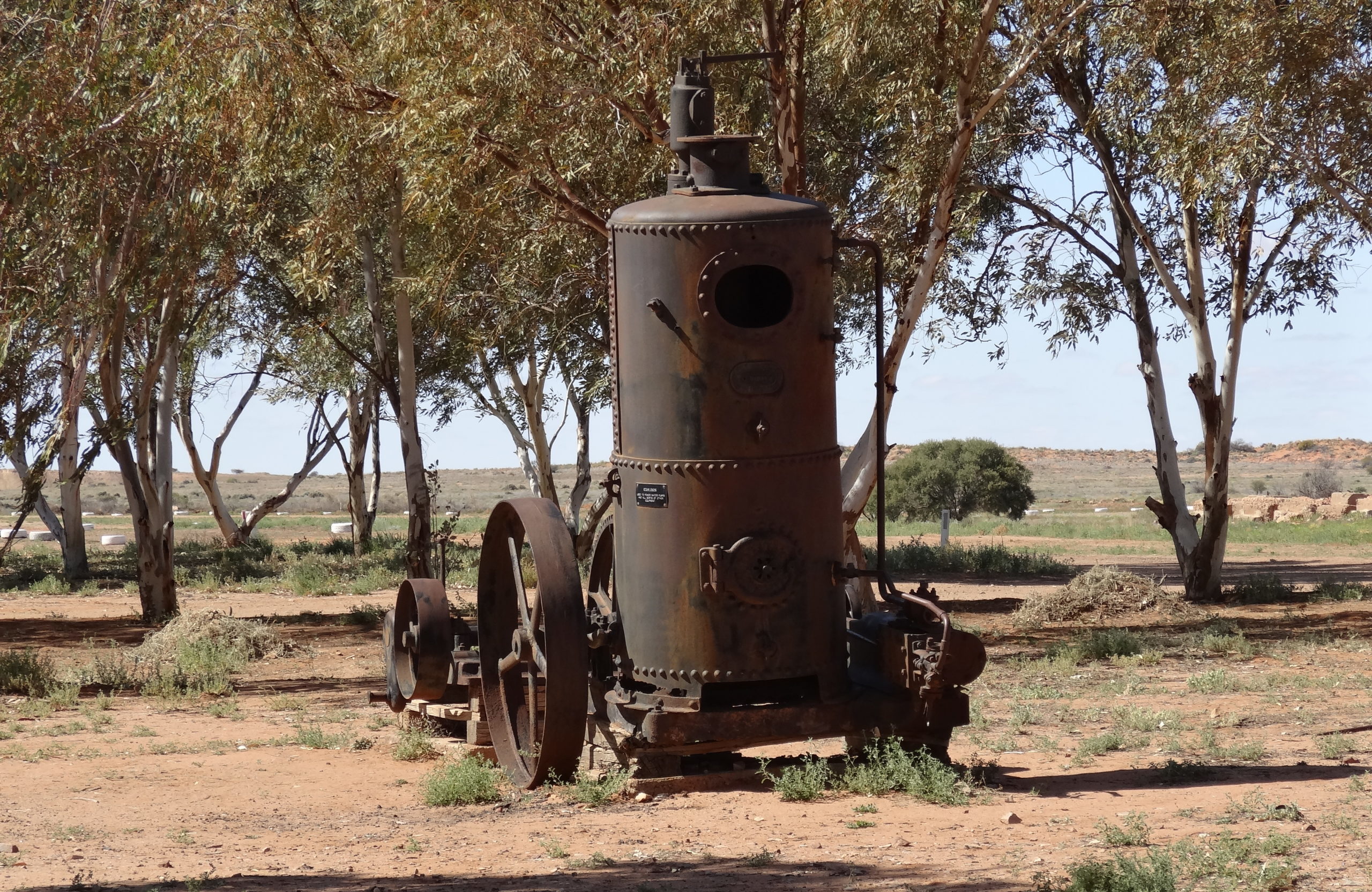
⇒ William Creek to Oodnadatta (approx. 201 km – 2.5 hr)
Just outside William Creek is Anna Creek – the world’s largest working cattle station.
Sixty-five kilometres further on near the turn-off to Nilpinna Homestead is Duff Creek Bridge – a rusty railway bridge stretches across Duff Creek about a hundred metres west of the track.
As we had many kilometres to make, we gave the Peake Telegraph Station a miss. So, we kept driving towards the Algebuckina Bridge – the longest railway bridge in South Australia. Spanning 587 metres, the bridge was built across Neales River – the largest watercourse on the Oodnadatta Track. This is the most stunning bridge to see and it’s worth a stop for a quick photo opportunity.
Leaving the Neales river behind, the Oodnadatta Track leads us through deep red gibber plains covered with salt bush before we arrived at a small, remote outback town of Oodnadatta.
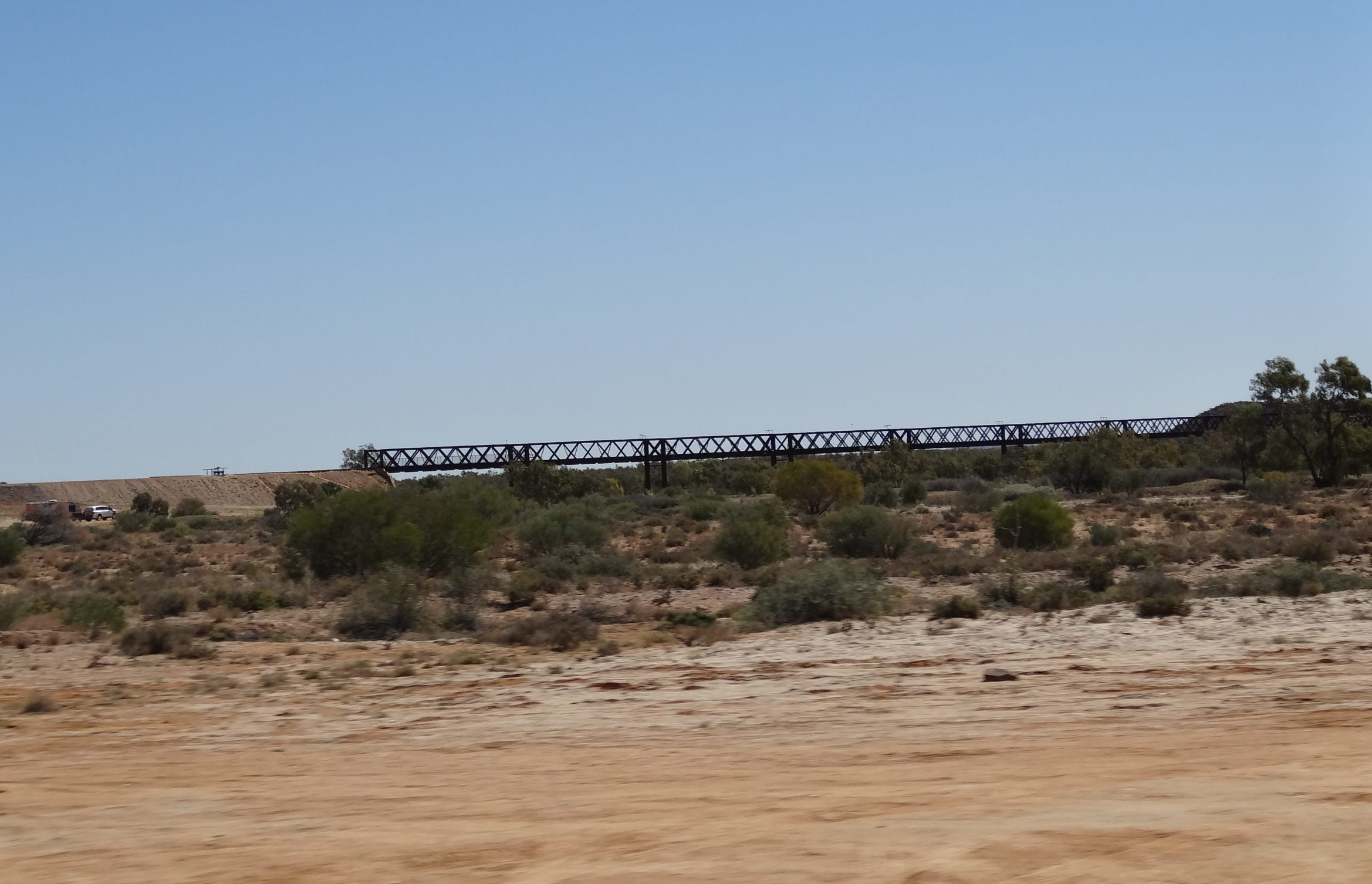
⇒ Oodnadatta To Marla (approx. 210 km – 4 hr)
Oodnadatta is home to the Pink Roadhouse – this is a true icon of the outback and a good place to stop for a beer, fuel and supplies. The roadhouse also offers a caravan & camping park for those looking to spend the night.
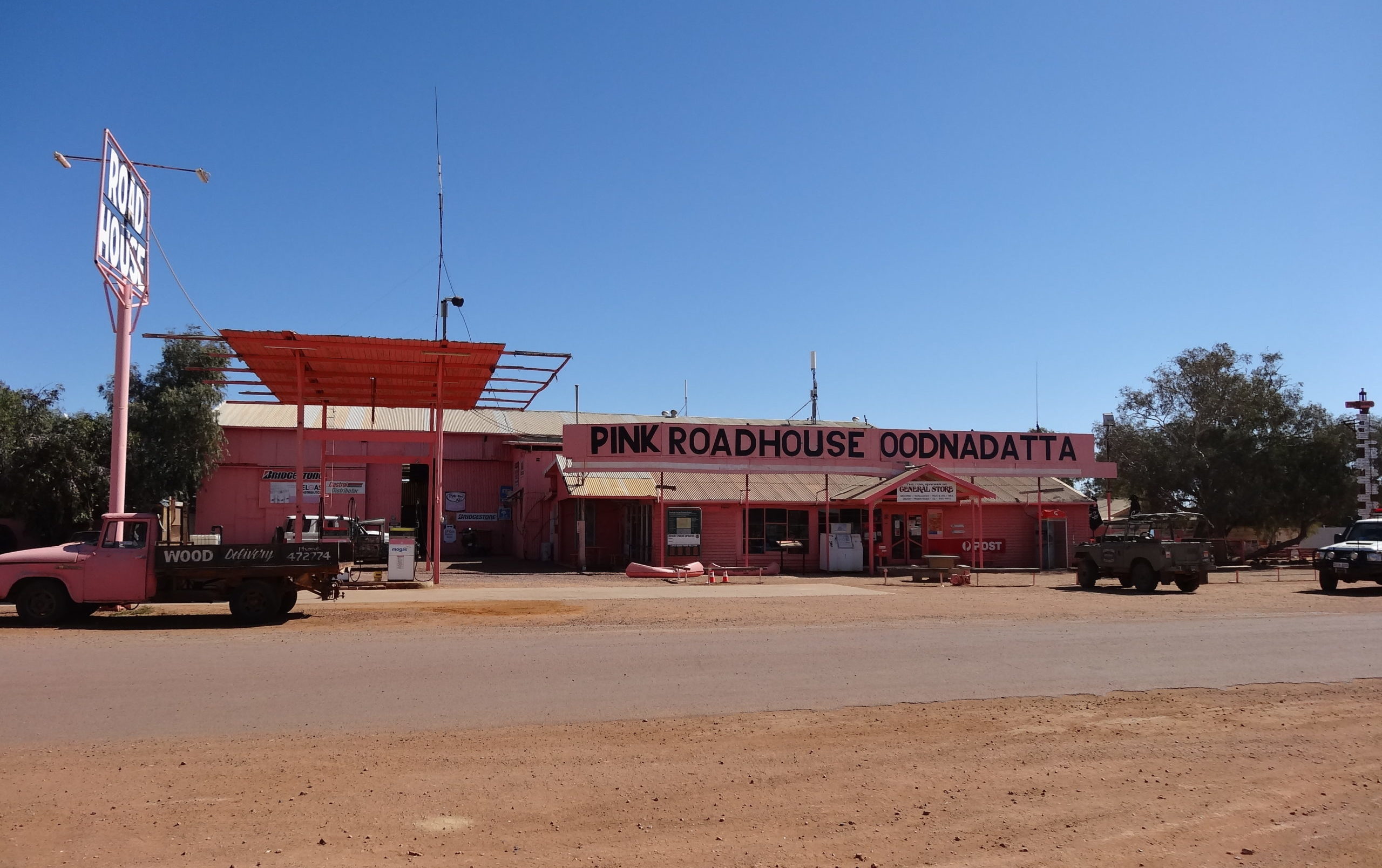
Driving from here onwards there really is not much more to see. The terrain along the track is fairly flat and there is no more historical places of interest to explore. However, there are a number of creek crossings and waterholes, such as Kathleen Creek – with shady area and plenty of bird life make it a great place to camp.
The final stop on the Oodnadatta Track is the small town of Marla. It sits on both the Oodnadatta Track and the Stuart Hwy, Marla offers a massive roadhouse, a motel, caravan park, restaurant and other essential services for travellers.
We stopped at Marla Travellers Rest for a top-up of fuel and booked our accommodation for the night. The room was basic but clean and spacious. It has TV, tea/coffee facilities, ensuite and separate toilet, well worth a stop for one night or two.
Day 5 – Marla to Port Augusta
The next day we headed south to Port Augusta via Stuart Hwy, passing through Coober Pedy – it is Australia’s opal capital and is renowned for its below-ground dwellings, called “dugouts”, which are built in this fashion due to the scorching daytime heat.
The township of Coober Pedy has lots to offer, such as working opal mines, underground houses and cafes, or venturing out of town to see the stunning Breakaways rock formation and Moon Plain.
As much as we wanted to explore Coober Pedy, we were aiming to be in Port Augusta before sunset. So, after a top up of fuel and stretching our legs, it was time to hit the road again.
We continued on driving, until we saw Lake Hart – this is not the biggest of South Australia’s salt lakes, but it is the most accessible. And just a short drive further south, turned off at Pimba is Woomera – this military town was once top secret and hidden from the world.
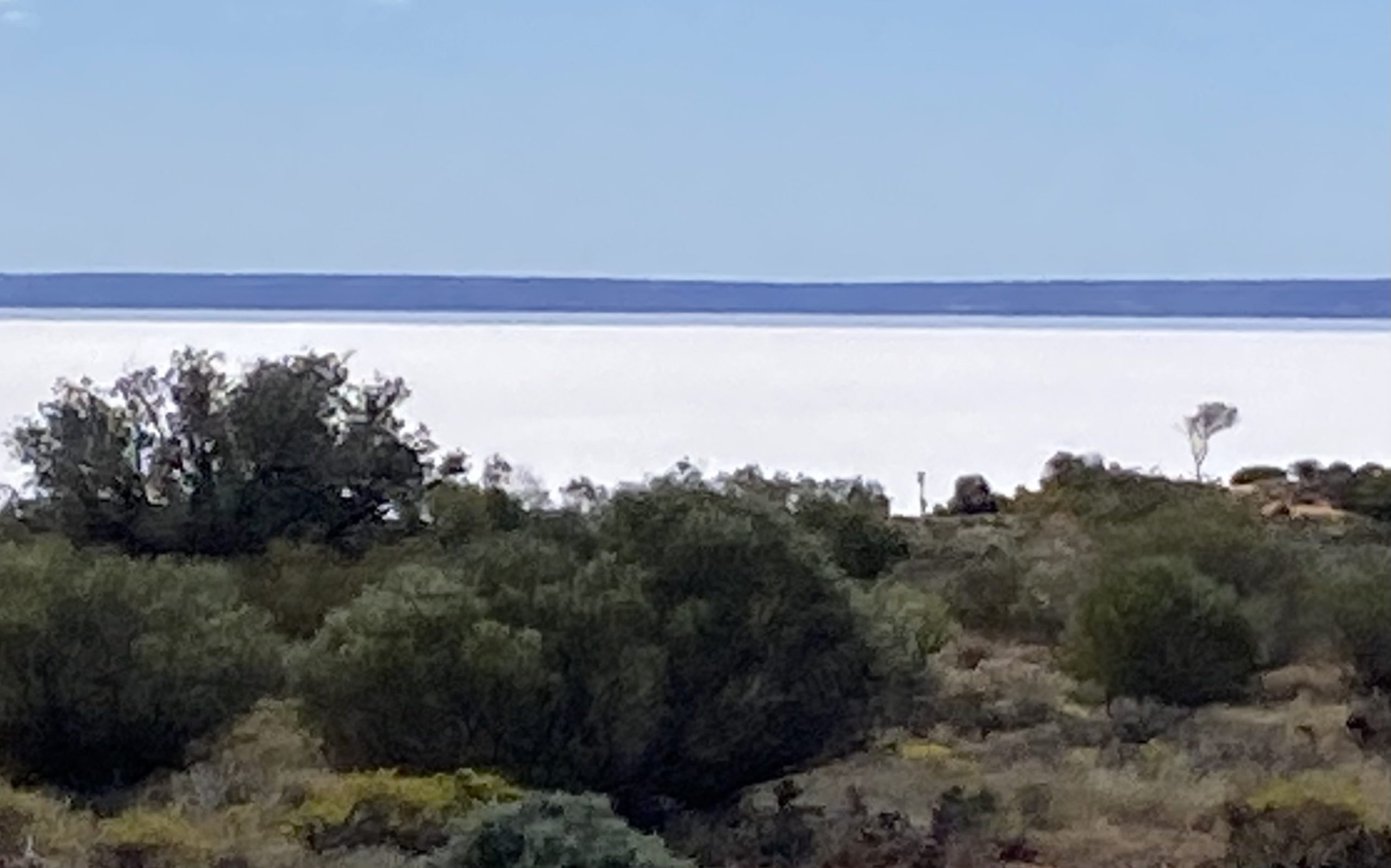
We kept driving 180 km south along the Stuart Hwy to Port Augusta – a port city centrally located at the head of Spencer Gulf. Also known as “cross roads of Australia” because of its strategic position at the junction of three major Australian highways, and two railway lines (The Ghan and the Indian Pacific).
We opted for Bentley’s Cabin Park Port Augusta as our accommodation for the night. It is a new park built in 2020 and the second park location, with the first Park established in 1995 in Port Pirie.
We stayed in one of their fully self-contained cabins. The cabin was well equipped and comfortable. It has a guest laundry and outdoor barbecue area. This was best accommodation we have stayed at throughout our trip, we wholeheartedly recommend it.
Day 6 – Port Augusta to Keith
Leaving Port Augusta, we joined National Hwy the main road route, passing through Bumbunga Lake – located in Lochiel, the lake is known to change colour from pink, to white, to blue, depending on the salinity of the water throughout the year.
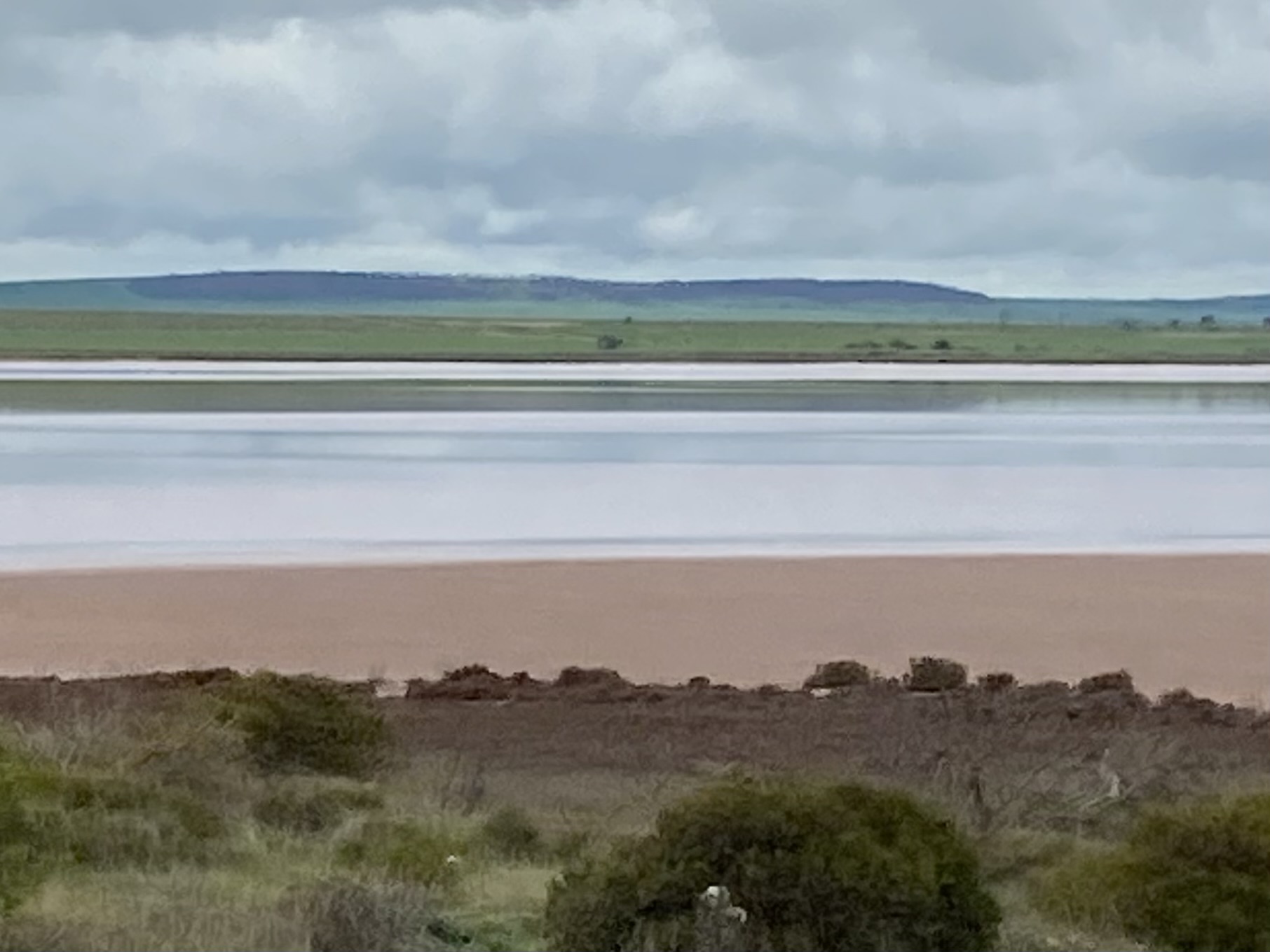
We then turned off at Port Wakefield to the town of Balaklava – is a delightful historical town based around the beautiful river Wakefield and offers many lovely old buildings. From here, we headed southeast passing through Gawler – South Australia’s first country town. It is the largest and most significant historic town.
Although we were eager to explore its surroundings and soak in the local culture, time was not on our side, as we were already booked in at Keith and had a long journey ahead of us.
We continued driving along the scenic Barossa Valley Way, then we headed south to Murray Bridge and along Dukes Hwy until we reached Keith.
We stayed at Keith Motor Inn for the night. The room was modern and clean with good facilities, and the bed was very comfortable. We have stayed here before on our way across and up to Oodnadatta from Melbourne. It was a good stopover place to stay.
Day 7 – Keith to Melbourne
After a pleasant quiet night’s sleep, the day brought fair weather as we set off for home.
We had done it! We had driven the Oodnadatta Track without any issue at all.
Driving the Oodnadatta Track was a great experience. It is a legendary outback track that took us on a journey of discovery, exploration and imagination.
The ever-changing scenery makes the trip diverse and gave us a distinctive sense of the outback South Australian landscape, a part of Australia that we chose to travel.
Safe Adventures!
Note: The information provided in this post was correct at time of publishing but may change. For final clarification please check with the relevant service.

